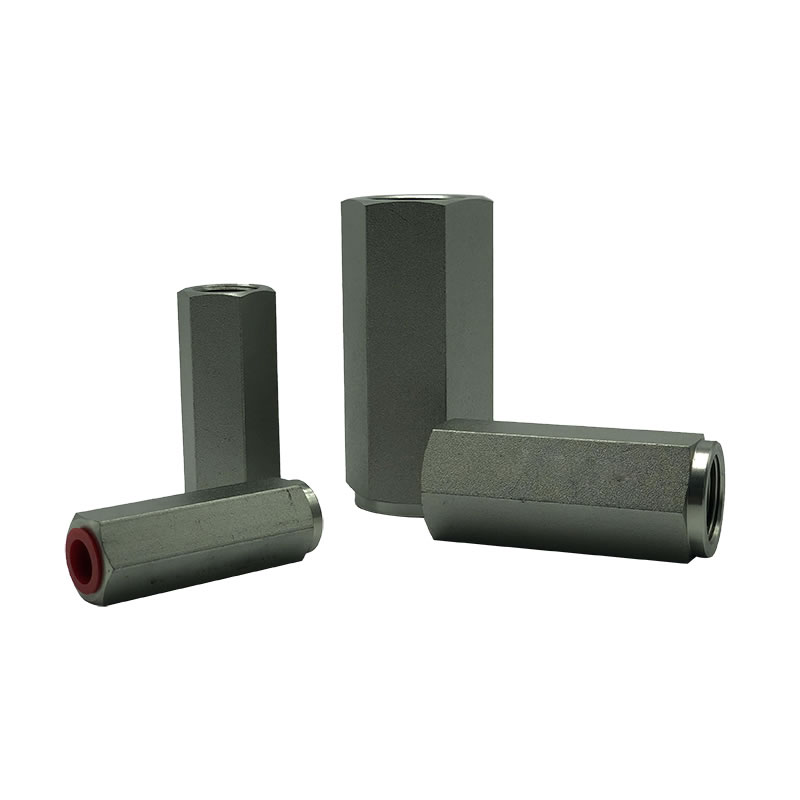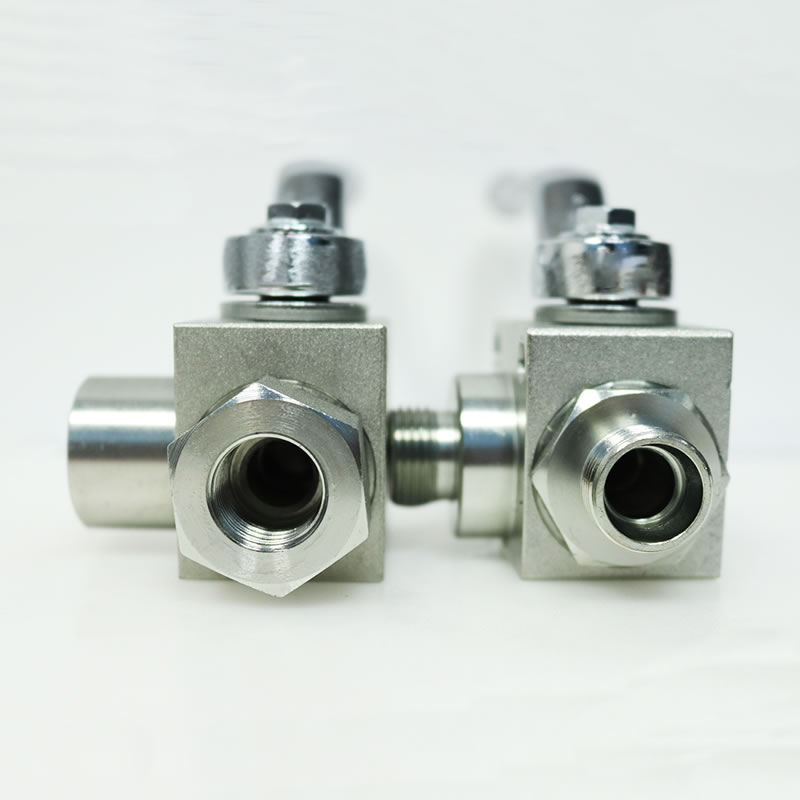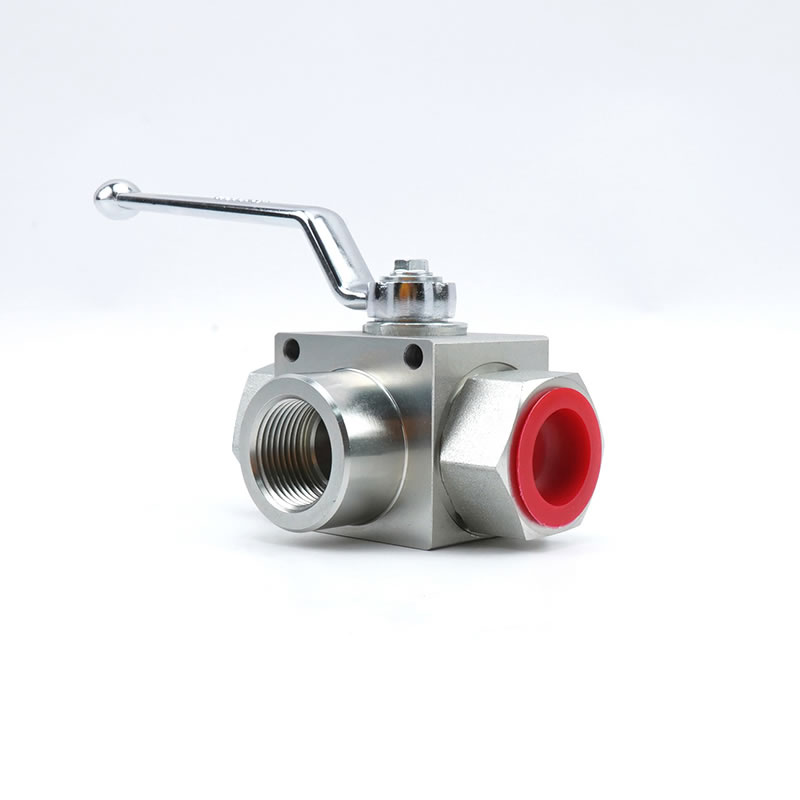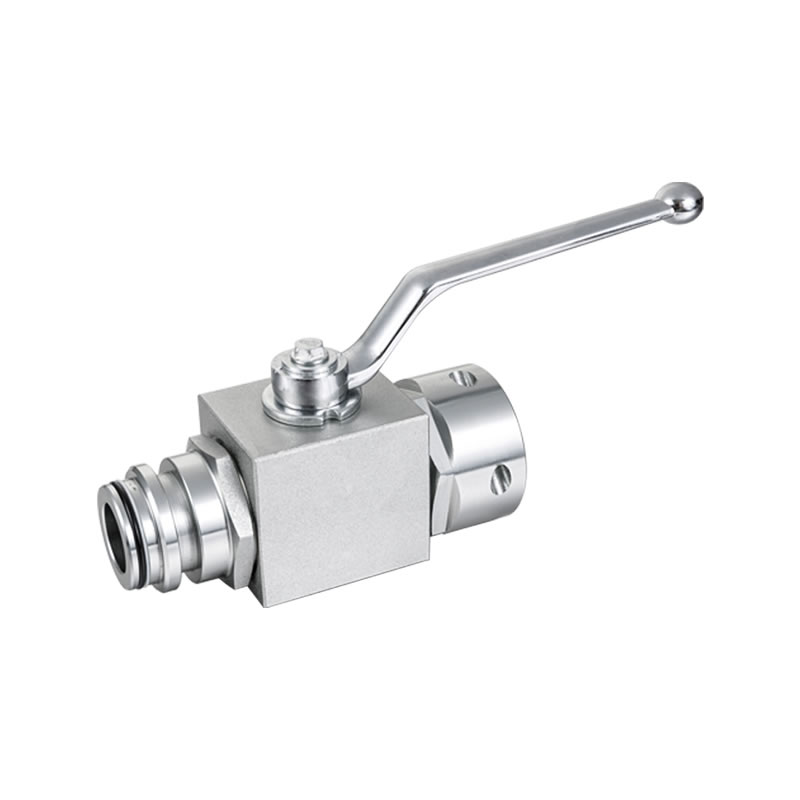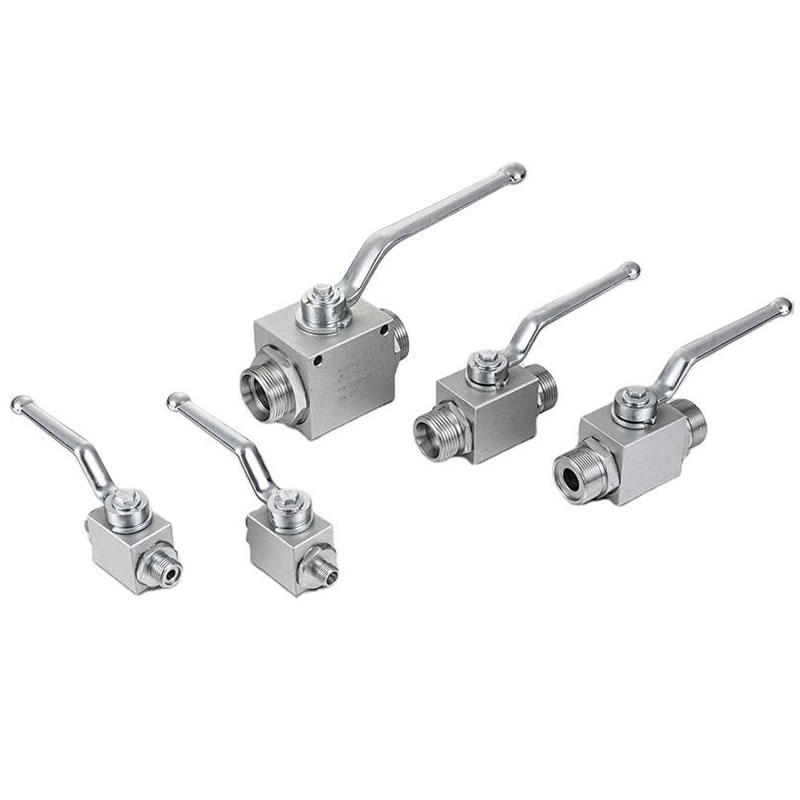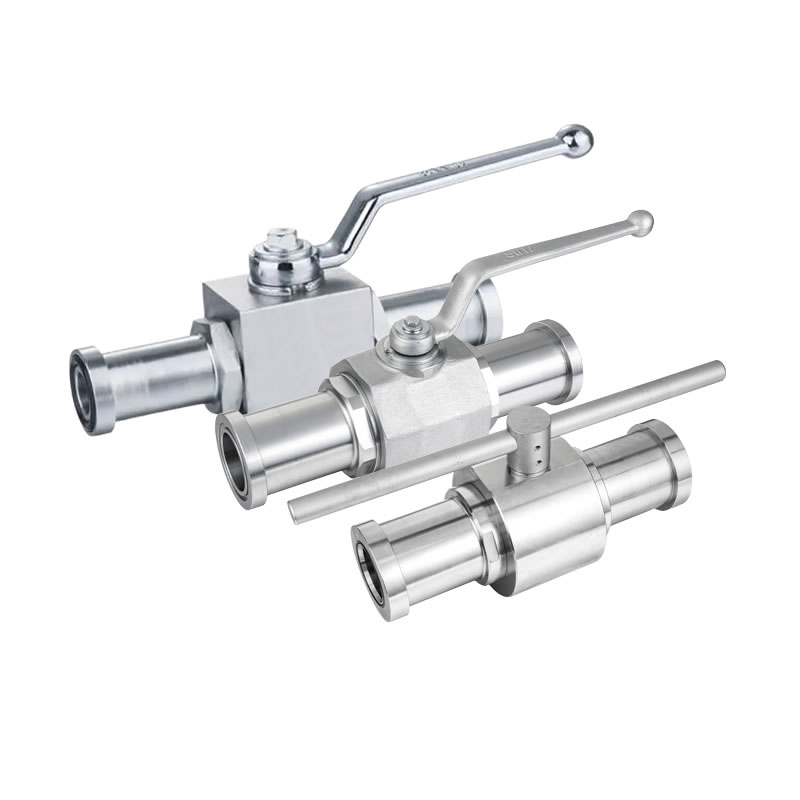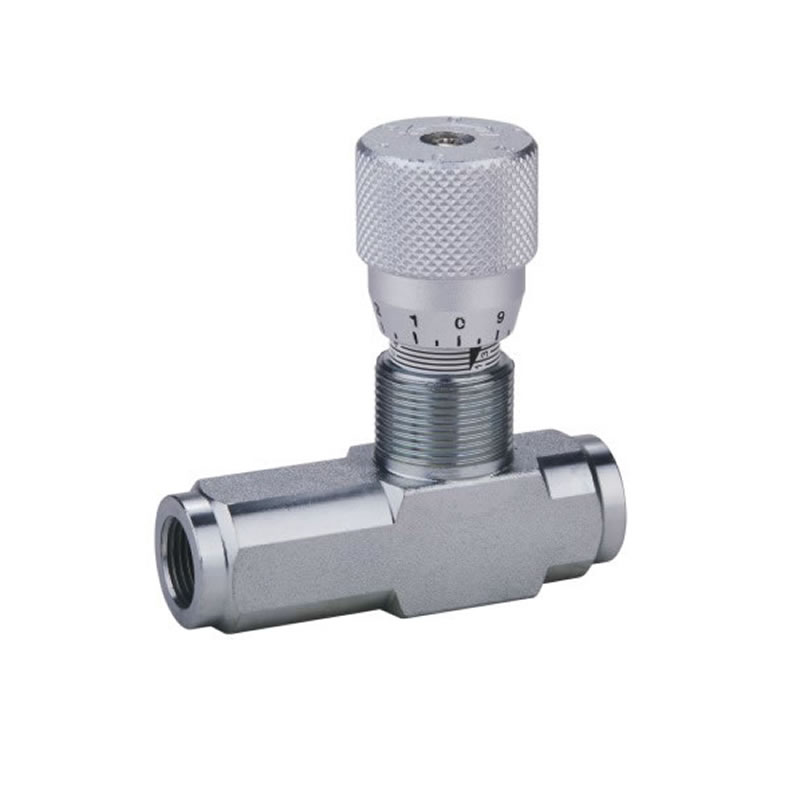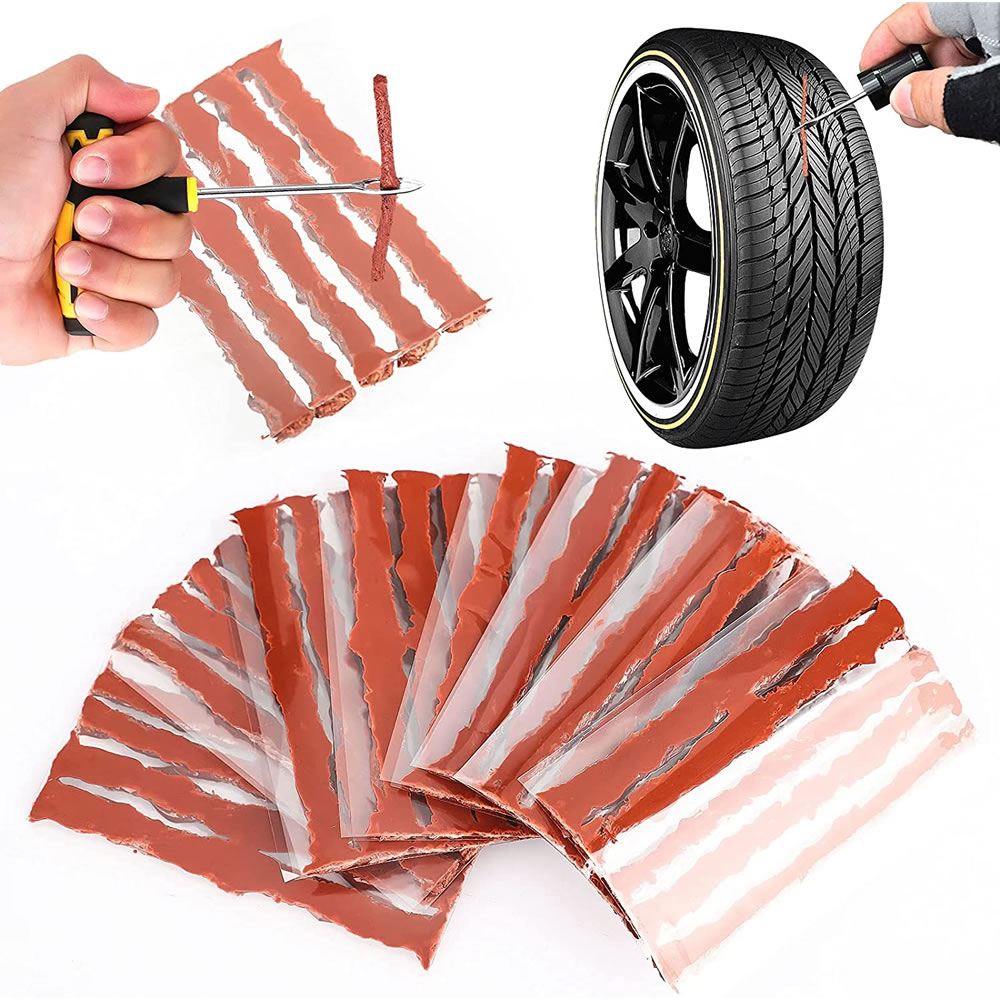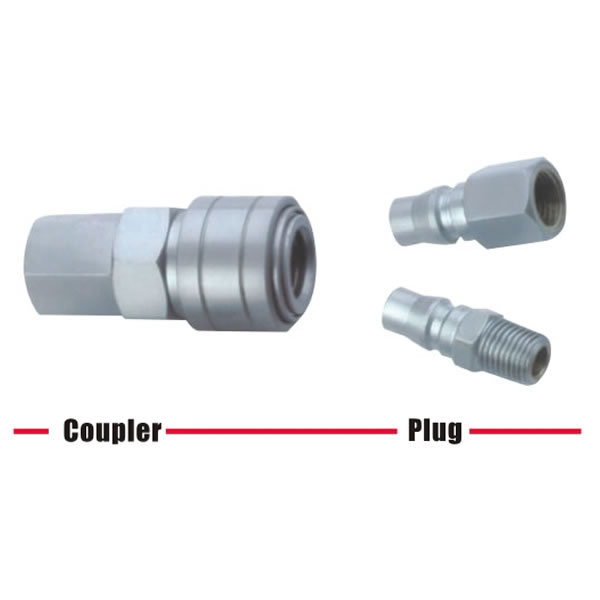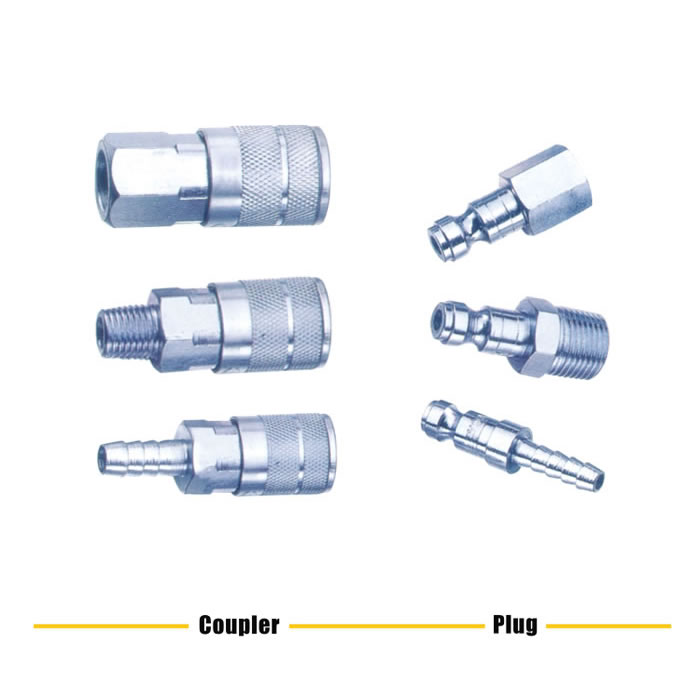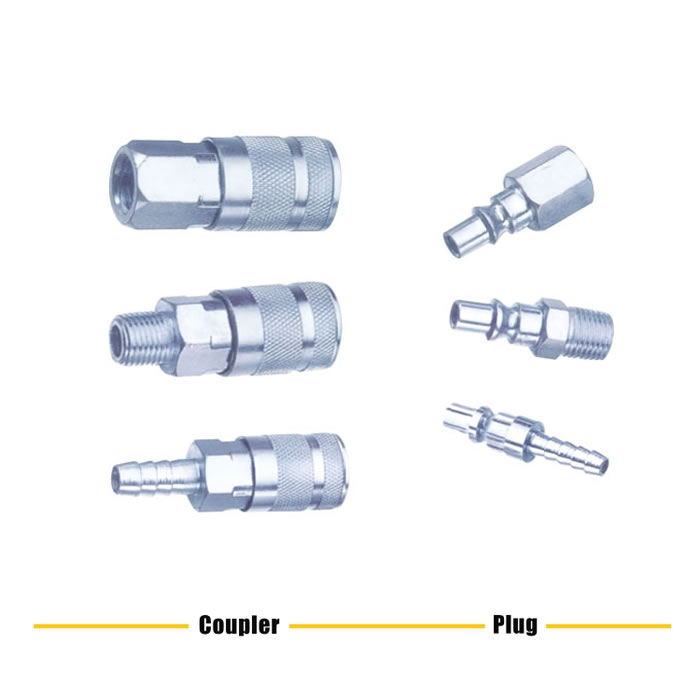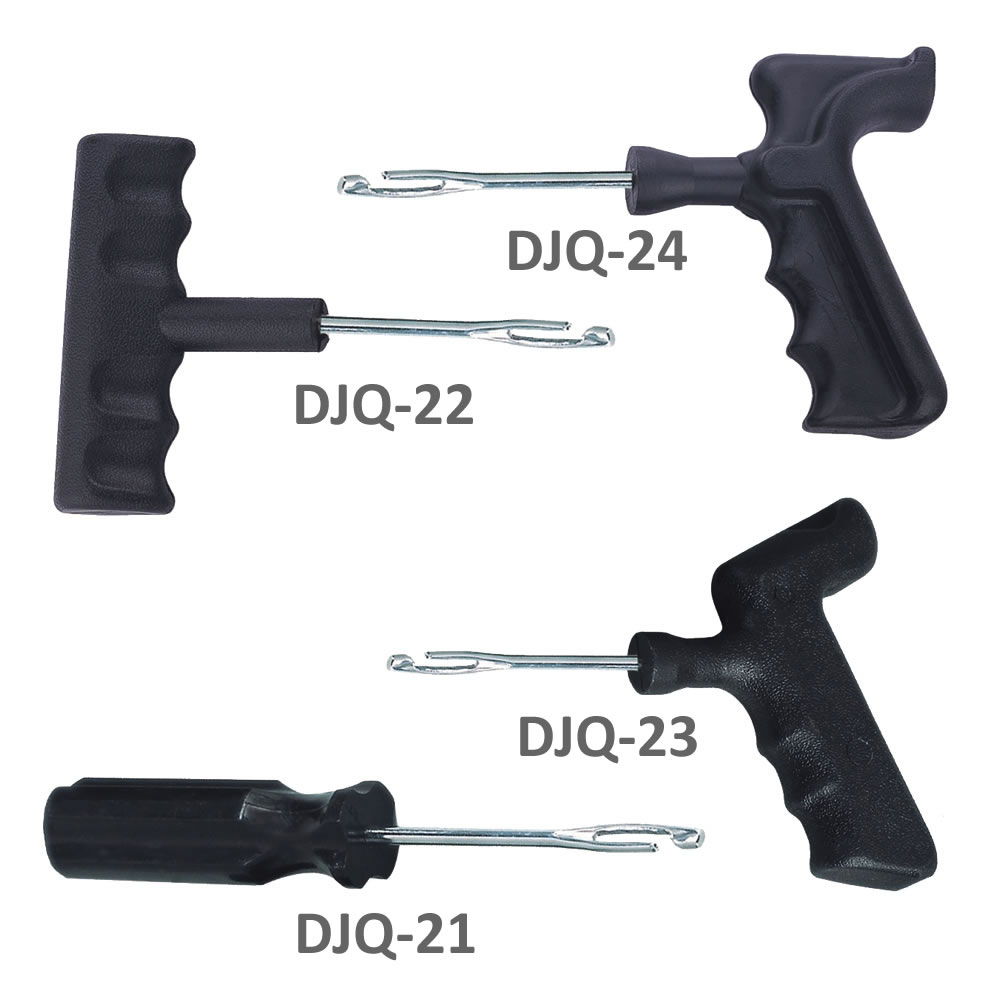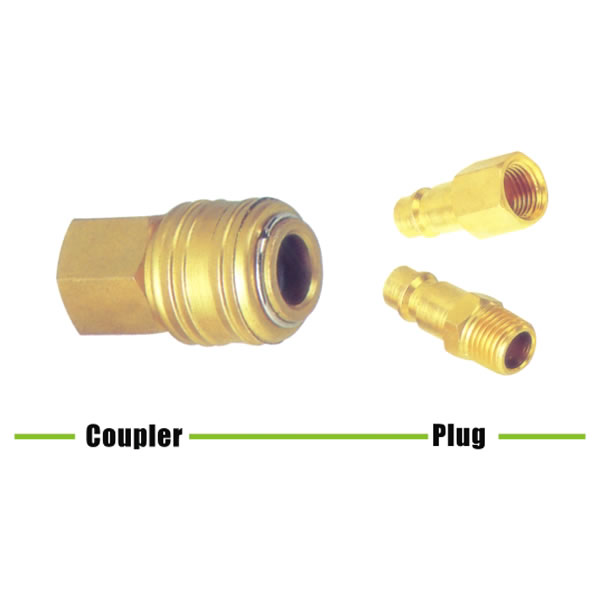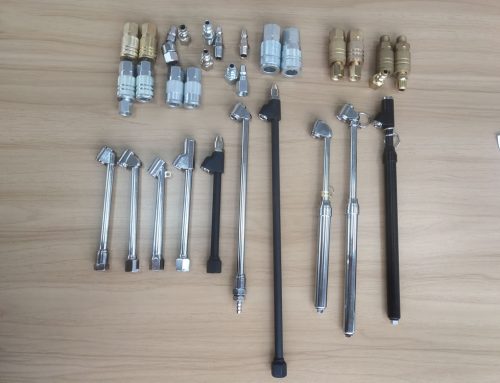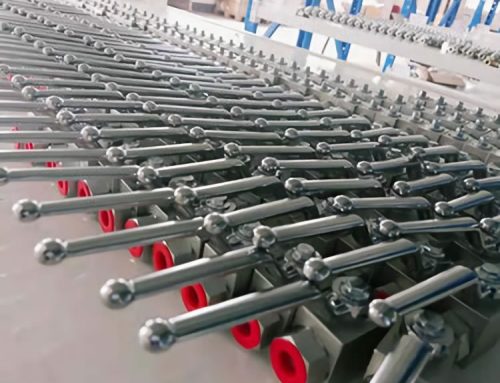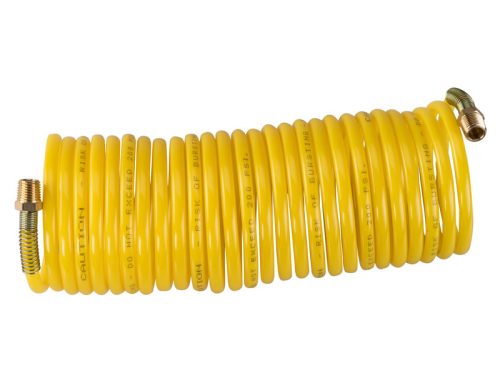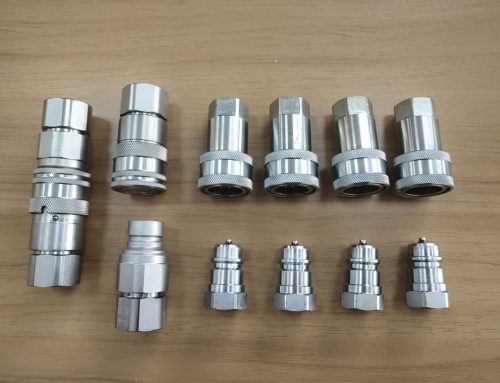Ball Valves Typers

Ball valve is a type of shut-off valve that is used to control flow where a simple ‘on’ or ‘off’ flow is required. They are easy to operate and can "shut off" or "open" flow with a simple 90 degree turn of the handle. The name is derived from the spherical internal ball that has a hole bored-through it, which rotates to open and close the flow.
The Ball Valves are versatile able to transfer liquids and gasses in a wide pressure and temperature range. They are reliable, capable of repeating the same function of sealing well after many cycles, even after extended periods of disuse. They are durable and have a long and predictable service life.
If you need more specific information or have any other questions, feel free to ask!
COMMON BALL VALVE TYPES
STANDARD BALL VALVES (THREADED)
Standard ball valves consist of the housing, seats, ball and lever for ball rotation. They include valves with two, three and four ports which can be female or male threaded or a combination of those. Threaded valves are most common and come in many varieties: with approvals for specific media or applications, mini ball valves, angled ball valves, ISO-top ball valves, with an integrated strainer or a bleed point and the list goes on. They have a wide range of options and a large operating range for pressure and temperature.
HYDRAULIC BALL VALVES
Hydraulic ball valves are specially designed for hydraulic and heating systems due to their high operating pressure rating and hydraulic and heating oil resistance. These ball valves are made of either steel or stainless steel. Besides these materials, the seats also make hydraulic valves suitable for high operating pressure. The seats of these valves are made of polyoxymethylene (POM), which is suitable for high pressure and low temperature applications. The maximum operating pressure of hydraulic ball valves goes above 500 bar while the maximum temperature goes up to 80°C.
FLANGED BALL VALVES
Flanged ball valves are characterized by their connection type. The ports are connected to a piping system via flanges that are usually designed in accordance with a certain standard. These valves provide a high flow rate since they typically have a full-bore design. When choosing a flanged ball valve, besides the pressure rating, you also have to check the flange compression class which indicates the highest pressure this connection type can withstand. These ball valves are designed with two, three or four ports, they can be approved for specific media, have an ISO-top and everything else a standard quarter turn valve could have. They are typically made out of stainless steel, steel, or cast iron.
VENTED BALL VALVES
Vented ball valves look almost the same as the standard 2-way ball valves when it comes to their design. The main difference is that the outlet port vents to the environment in closed position. This is achieved by a small hole that is drilled in the ball and in the valve body. When the valve closes, the holes line up with the outlet port and release the pressure. This is especially useful in compressed air systems where depressurization provides a safer working environment. Intuitively these valves look like 2-way ball valves while in fact they are 3/2-way due to the small borehole for venting.
Types of Ball Valve Construction
The most common types of manual ball valves are the 1-Piece, 2-Piece and 3-Piece. Another relatively common type is the 3-way ball valve, these 4 types account for the vast majority of the most often used valves.
One Piece Ball Valve
One-Piece Ball Valve has valve body cast out of a single piece of material. This means that there no joints in the body which eliminates the risk of leaks. The one-piece ball valve has a smaller body than the other valves making it the most cost effective. This also results in a smaller ball which means one-piece valves always have a reduced port. This means the internal diameter of the pipe decreases by one size at the point where the valve is installed. they are generally used where cleaning is not a concern and where the possibility of particle build up is low.
Two Piece Ball Valve
Two-Piece Ball Valve has a valve body cast out of two pieces that thread together. The two-piece has a larger body which allows for a larger ball which means a full port is possible. This means the internal diameter of pipe the remains constant throughout the pipe, once the valve is installed. They are the most commonly used among all the ball valve types and are good for mixtures and applications where an optimal flow rate is preferred. The Valve body can be dismantled for cleaning and to service the seals, however the valve will have to be removed from the pipe, unlike the three piece.
Three Piece Ball Valve
Three-Piece Ball Valve has valve body cast out of three pieces that are held together by bolt connections fitted to each of the two ends. The three-piece also has a larger body which allows for a larger ball with a full port. They are ideal for applications where regular maintenance and cleaning is required. By loosening the bolt connections the valve separates into three parts and the internal ball and seats can be accessed without removing the two ends connected to the pipe. This makes them ideal for food & beverage applications and in pharmaceutical industries where sanitation and regular cleaning is required.
Three Way Ball Valve
These multi-port ball valves are used in mixing or splitting flow (T-Port) and also for diverting (L-Port) multiple streams of fluid. This is achieved by means of a L-shaped or T-shaped bore in the ball. On top of this they also open and close the flow to multiple fluid streams. There are two types of 3-way ball valves L-Port and T-Port:
L-Port:
- Used as diverter valves directing flow from a single inlet to one of two outlets.
- Also used as selector valves selecting one of two inlets to flow to a single outlet.
T-Port:
- Used as mixing valves combining flow from two inlets into a single outlet.
- Also used for splitting flow from a single inlet to two outlets simultaneously.
Materials of Ball Valves Construction
| Material | Advantages | Disadvantages |
| Stainless steel | Inert, Abrasive & Corrosion Resistant | Higher Price (Constantly Decreasing Relative to Brass) |
| Brass | Durable | Prone to Dezincification |
| Polypropylene | Cost-Effective, Corrosion Resistant | Shorter Service Time, Limited Pressure & Temperature |

